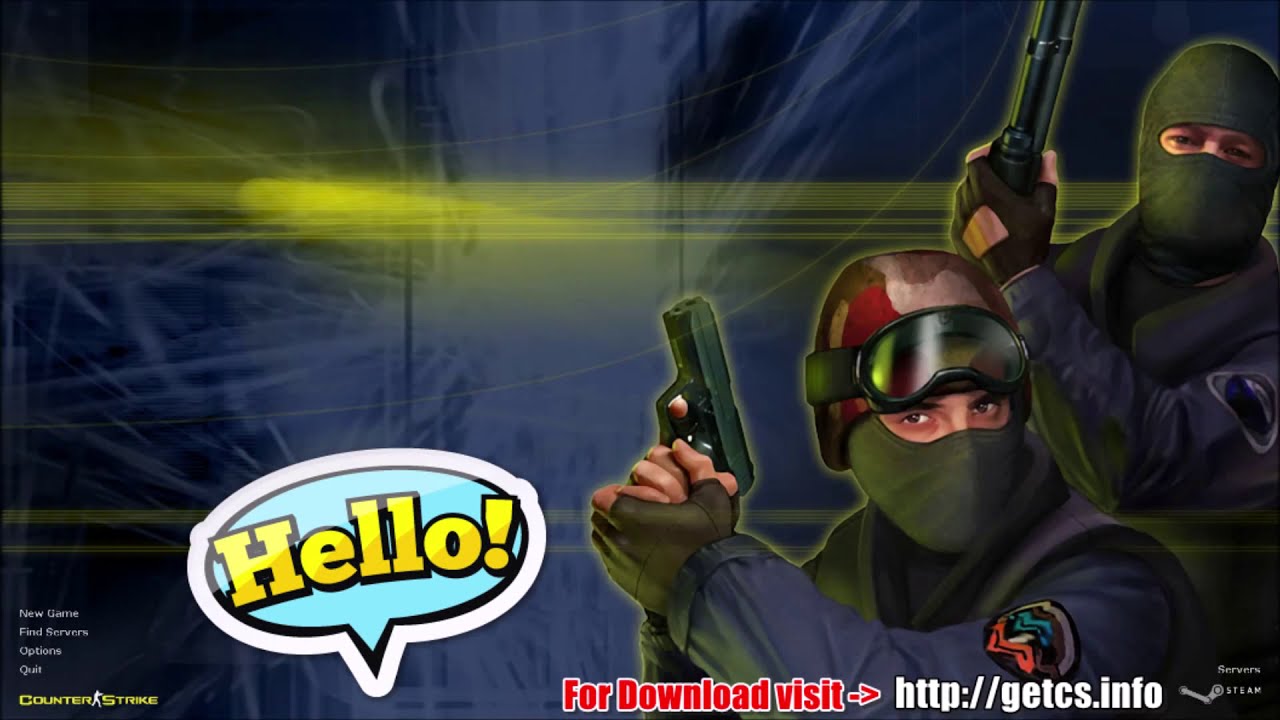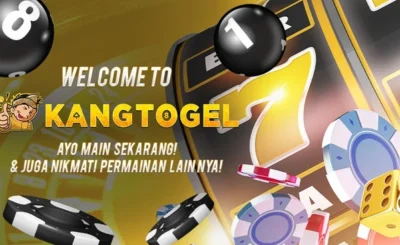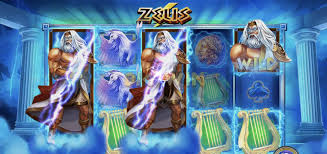Tan iyo markii la sii daayay 1999, Ka-hortagga weerar (CS) has become more cs 1.6 download than just a game—it has defined the tactical first-person shooter (FPS) genre. Initially a simple modification for Half-Life, Ka-hortagga weerar quickly turned into a global phenomenon, shaping the competitive gaming landscape and influencing the development of future shooters. With its strategic gameplay, tight gun mechanics, and emphasis on teamwork, Ka-hortagga weerar has maintained its popularity for over two decades, evolving through numerous iterations while staying true to its roots.
The Humble Beginnings: From Mod to Mainstream
Ka-hortagga weerar was created by Minh “Gooseman” Le and Jess Cliffe as a mod for Half-Life, Valve’s revolutionary 1998 FPS. The mod was simple: a terrorist team would plant bombs, and a counter-terrorist team would either prevent the bombing or defuse the explosive device. The game’s success was immediate, fueled by its compelling blend of tactical decision-making, precise shooting mechanics, and cooperative teamplay.
Valve, recognizing the mod’s potential, acquired the rights to Ka-hortagga weerar gudaha 2000, releasing it as a standalone title. From there, it grew in both popularity and competitive value. The 1.6 version, released in 2003, became the definitive edition for years, and it wasn’t just loved by casual gamers—it also established a stronghold in esports.
The Competitive Scene: The Rise of Esports
The birth of the Ka-hortagga weerar competitive scene came with the establishment of tournaments such as the CPL (Cyberathlete Professional League) and ESWC (Electronic Sports World Cup). As the game gained more traction in the early 2000s, professional teams and organizations emerged, with Ka-hortagga weerar becoming one of the leading esports titles in the world.
The game’s competitive nature, which rewarded strategy and coordination over pure reflexes, set it apart from other FPS games. Its economy system—where players earn money based on round performance and must choose weapons wisely for the next round—added an extra layer of strategy. The balanced nature of the gameplay kept players coming back, as no two rounds were ever the same.
Ka-hortagga weerar: Source and the New Era of Physics
In 2004, Ka-hortagga weerar: Source was released, moving the game to the Source engine. This upgrade brought improved graphics, more realistic physics, and enhanced player models. Though it didn’t initially receive the same adoration as 1.6, Source was important for the franchise, and it introduced Ka-hortagga weerar to a wider audience, thanks to the enhanced performance and visual appeal.
Si kastaba ha ahaatee, it was Ka-hortagga weerar: Global Offensive (CS:Lugayn), released in 2012, that truly modernized the series and propelled it into a new era.
Ka-hortagga weerar: Global Offensive – A Revolution
Valve’s Ka-hortagga weerar: Global Offensive became the definitive version of the game. It retained the core mechanics of earlier iterations while refining the game to cater to modern gaming sensibilities. The most significant changes included improved graphics, matchmaking, and the introduction of microtransactions through the in-game skin market. CS:Lugayn brought in millions of new players, reaching an even wider audience across different platforms, including consoles and PC.
The introduction of “skins” allowed players to customize the aesthetic appearance of their weapons, creating a massive in-game economy and a booming market for rare items. This move played a big role in maintaining CS:Lugayn’s relevance, as the game became as much about collecting skins as it was about gameplay.
The Esports Juggernaut
Perhaps one of the most remarkable aspects of CS:Lugayn is its dominance in the esports world. Major tournaments like the ESL Pro League, IEM Katowice, and the CS:GO Major Championships have become iconic events, attracting tens of thousands of fans to arenas and millions more watching online.
The professional CS:Lugayn scene features some of the best players in the world, with teams like Astralis, FaZe Clan, and Team Liquid consistently competing for the top spots. The game’s high skill ceiling and emphasis on strategy, communication, and individual prowess have made it a spectator sport just as thrilling to watch as it is to play.
The Enduring Legacy
While newer FPS games like Overwatch iyo Valorant have emerged, Ka-hortagga weerar remains one of the most enduring franchises in the history of gaming. With each iteration, the core principles of skill-based shooting, strategic teamplay, and dynamic economy have remained unchanged, ensuring its longevity. The success of CS:Lugayn and its deep connection with its community is a testament to its innovation, and its legacy will likely continue for years to come.
Valve’s dedication to keeping the game fresh through regular updates and balancing tweaks has kept CS:Lugayn relevant even as the genre continues to evolve. With the competitive scene thriving and the game’s influence on modern FPS design undeniable, Ka-hortagga weerar will likely remain a cornerstone of the gaming world for the foreseeable future.
Gabagabo
Ka-hortagga weerar’s journey from a simple Half-Life mod to a global esports phenomenon showcases the power of gameplay innovation and community-driven success. It is a game that rewards precision, xeelad, and teamwork, providing an experience that is as competitive as it is thrilling. With each new update and iteration, the game adapts to the times, but its essence remains unchanged. Ka-hortagga weerar is not just a game; it’s a legacy—a legend in the world of gaming.






